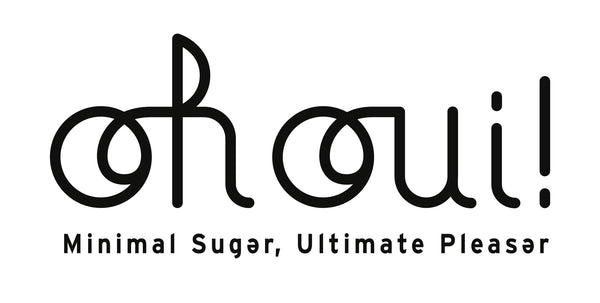We often hear about fructose and glucose. These two simple sugars are part of the composition of sucrose, but have different properties.
Fructose
Fructose is a simple sugar, naturally contained in fruits and honey. The glycemic index of fructose is much lower than that of glucose, which makes it easier to digest.
It also has a higher sweetening power: in smaller quantities, it will have the same sweetness intensity. These characteristics make it a recommended substitute sugar for diabetics.
You can find it in powder form in some specialist supermarkets. You can use it in your recipes, halving the quantity compared to traditional sugar. It is also present in honey, dates, figs and jams.
However, be careful not to exceed 50g of fructose per day: this could lead to bloating and digestive problems, and in the long term could tire the liver and cause cardiovascular disease.

Glucose
Glucose is a simple sugar found in many of our daily foods: carbohydrate-rich products, starch or sugar, but also in dairy products.
Glucose is also present in dishes rich in sugar: processed foods, cookies, sodas or other industrial preparations. It is also possible to buy pure glucose, in syrup, but this use is generally reserved for pastries.
Glucose is used as a reference measure of blood glucose: to determine the impact of a food on blood glucose, the GI of the food is related to the GI of glucose. By convention, the GI of glucose is set at 100.
Glucose is our body's main source of energy: it is the only nutrient that the body can convert into fuel. This is altered in the case of a ketogenic diet or fasting, where fat is available as a new source of energy.
When glucose is contained in a high-GI food, the blood sugar level rises rapidly: it is hyperglycemic. Insulin, which regulates this peak, stabilizes the blood sugar level.
In the case of an excessive peak, the body releases a very large amount of insulin, and you may end up with hypoglycemia.
Conversely, in the case of a moderate or low GI food, glucose is assimilated more slowly by the body:
- Energy will be released gradually, and you will be in shape longer
- Blood sugar levels will not be strongly affected: we will avoid the insulin peak, which tires the organs and favours the appearance of cardiovascular diseases or diabetes

To conclude...
Fructose is a simple sugar, naturally present in fruits and honey.
The glycemic index of fructose is much lower than that of glucose, which makes it easier to digest. It also has a higher sweetening power: in smaller quantities, it will have the same sweetness intensity.
These characteristics make it a recommended sugar substitute for diabetics.
If you have diabetes or are trying to keep your blood sugar levels healthy, be sure to make wise choices when selecting foods containing any type of sugar!
What type of sugar do you usually eat? Let us know - we may be able to help you find healthier alternatives :)









